OLED monitors are getting more accessible, but innovation on the high-end isn't slowing down. Manufacturers are racing to increase resolution and brightness or push the refresh rate as far as possible, and this time it's the latter. 500Hz monitors are nothing new, but 500Hz QD-OLED monitors certainly are. Initially showcased at CES this year and Computex, we're slowly seeing this new crop of ultra-fast gaming monitors hit the market, and two new entrants are joining us today—one from MSI and one from Gigabyte.
The MSI 272QR and Gigabyte Aorus FO27Q5P are the latest flagships from both brands and they share identical specs for the most part. First off, both of these monitors are using the same 27-inch QD-OLED panel from Samsung under the hood, with very minor differences brought about by firmware and design choices. This is a Gen 3 panel, which means it has an updated subpixel layout that improves text readability compared to earlier OLEDs. It's also brighter, but not as much as the newer Gen 4 screens.
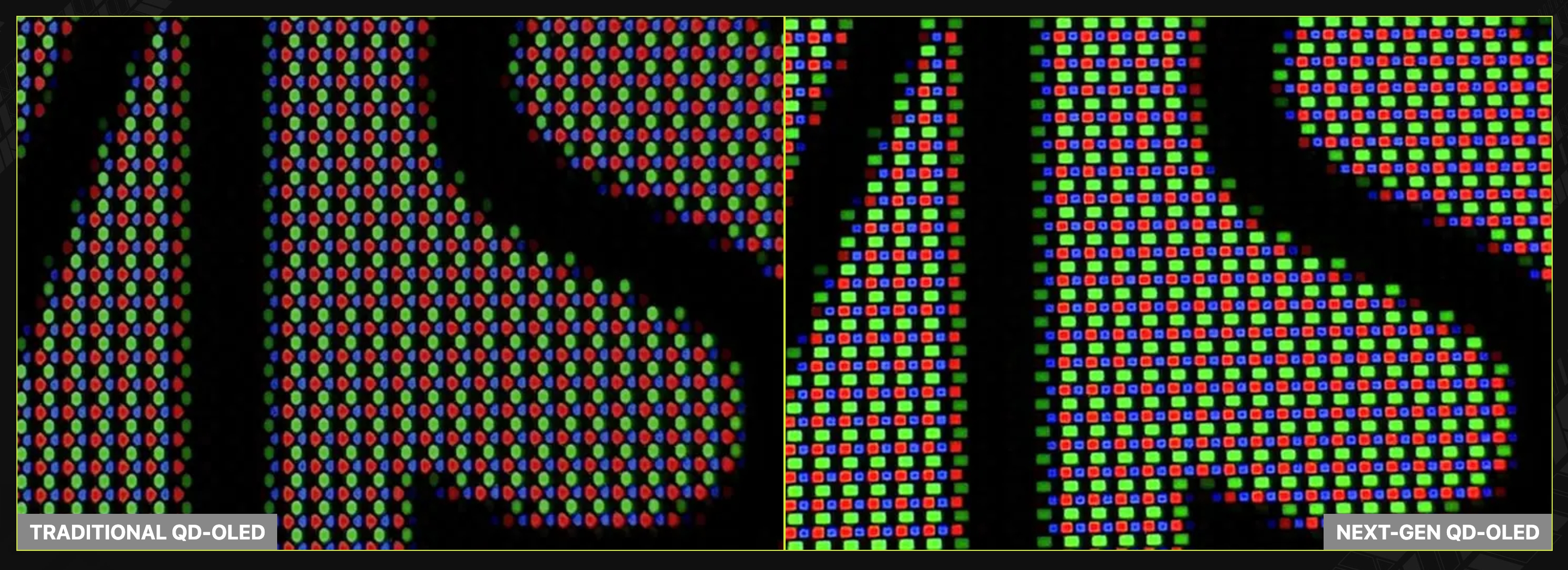
Both are 27-inch 1440p screens with a 500 Hz refresh rate. They carry an HDR1000 certification from VESA, along with HDR TrueBlack 500 and ClearMR 21000. Keep in mind that those HDR numbers represent peak brightness in the smallest windows. The OLED screens offer near-instantenous 0.03 ms response times. There's also FreeSync Premium Pro support for VRR, and both monitors are G-Sync Compatible.
These displays have 99% coverage of the DCI-P3 color space with both claiming an average Delta-E score of under 2ΔE, which would make them accurate enough for some professional-level use. Furthermore, these are true 10-bit monitors. The real difference lies in connectivity as the MSI 272QP features 2x HDMI 2.1 and 1x DisplayPort 2.1a UHBR20, which indicates 80Gbps of bandwidth that should be more than enough to push 500 frames at 1440p without Display Stream Compression (DSC). MSI also includes a 98W USB Type-C port with DP Alt mode.
In contrast, the Gigabyte Aorus FO27Q5P has the same 2x HDMI 2.1 and 1x DP 2.1 UHBR20, but it also adds another UHBR20 Mini DisplayPort and 1x DisplayPort 1.4 out for daisy chaining. The USB Type-C port on the Aorus only supports 18W charging and does have DP Alt mode. You'll also find two 5W speakers on this monitor. The brands have also fitted custom cooling solutions behind these screens to drive the pixels without breaking a sweat.

Both monitors come with headphone jacks, but the Gigabye also adds a mic jack. In terms of the USB ports, there are two USB 3.2 downstream ports and one USB 3.2 upstream port on the Gigabyte while the MSI is rocking a pair of 5Gbps USB Type-A and one 5Gbps USB Type-B. The last hardware difference between the display is their power management. The MSI model has an internal power supply while the Gigabyte unit comes with an external adapter.
Lastly, there are a load of OLED care features on both monitors to protect them from image retention. AI takes center stage with Gigabyte in particular using it to adjust color, resolution, and motion clarity on the fly. Both monitors come with 3 years of burn-in warranty but pricing has not been announced yet. If pricing for other 500 Hz OLED monitors is anything to go by, expect to pay around $1,000 for one of these.
Follow Tom's Hardware on Google News, or add us as a preferred source, to get our up-to-date news, analysis, and reviews in your feeds. Make sure to click the Follow button!

 3 months ago
99
3 months ago
99
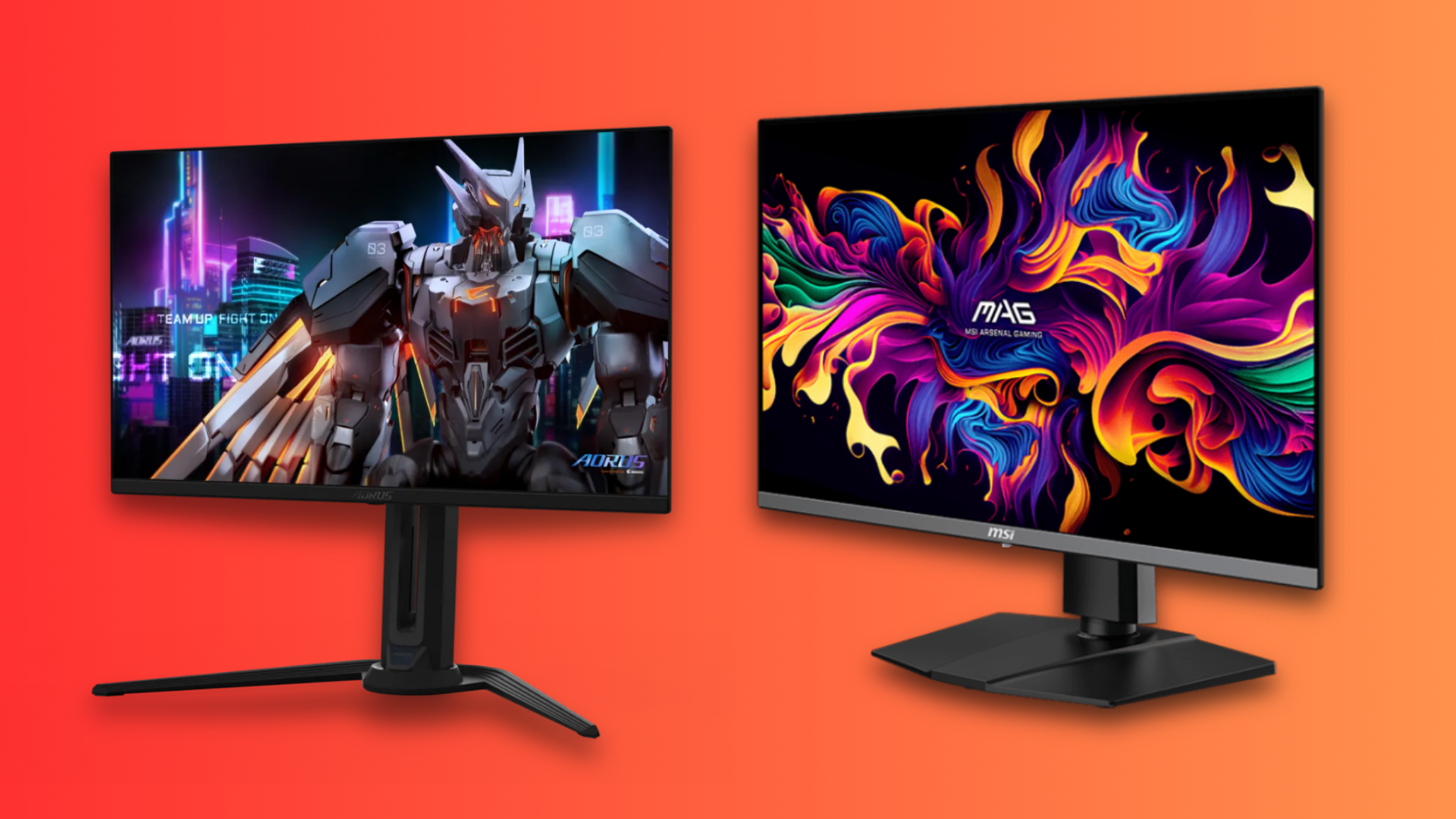
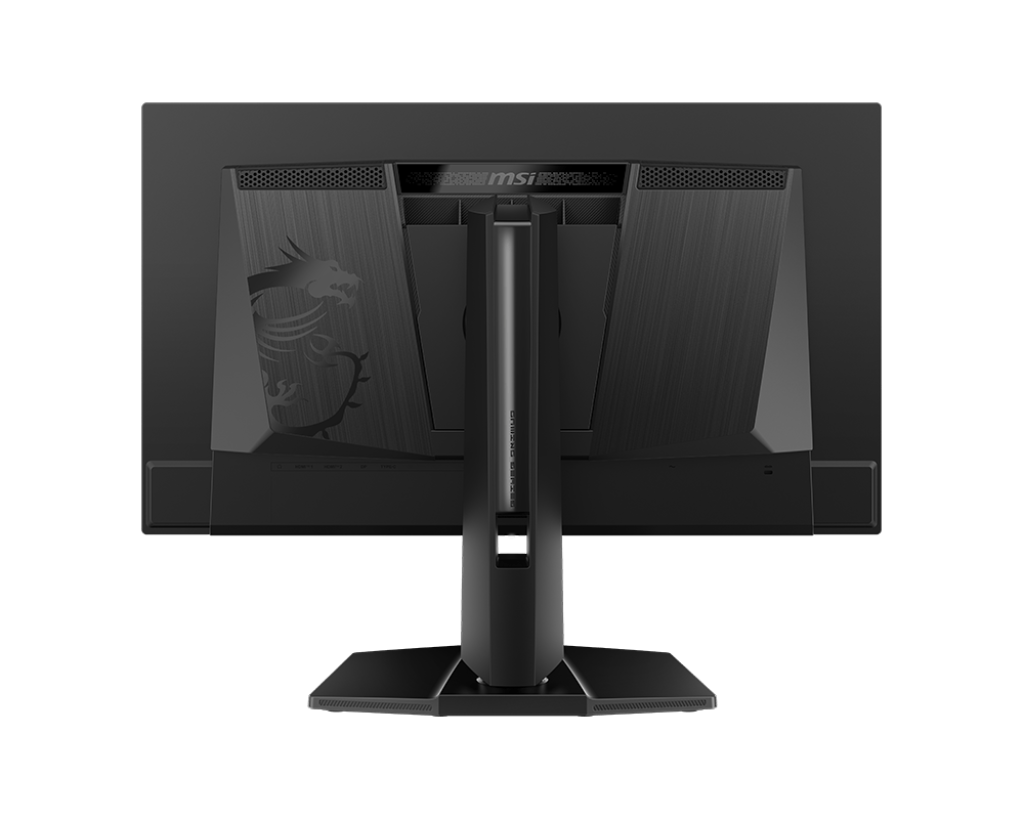
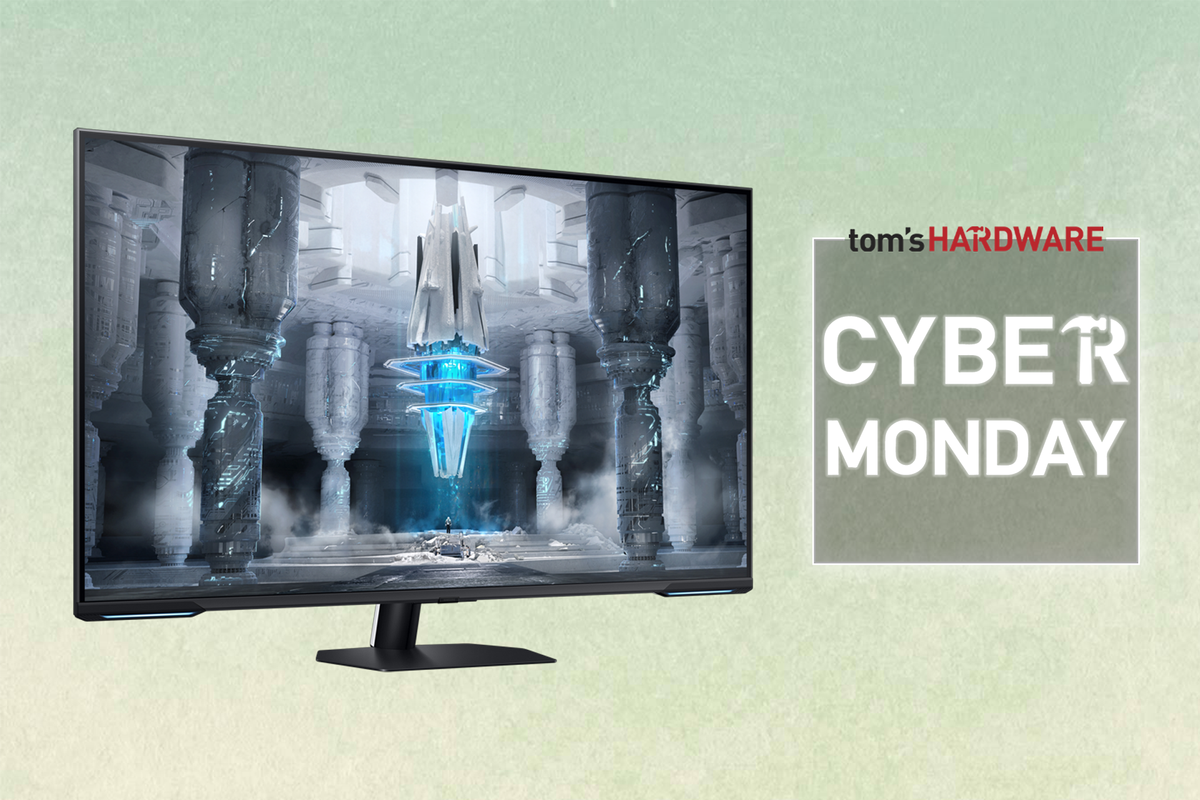
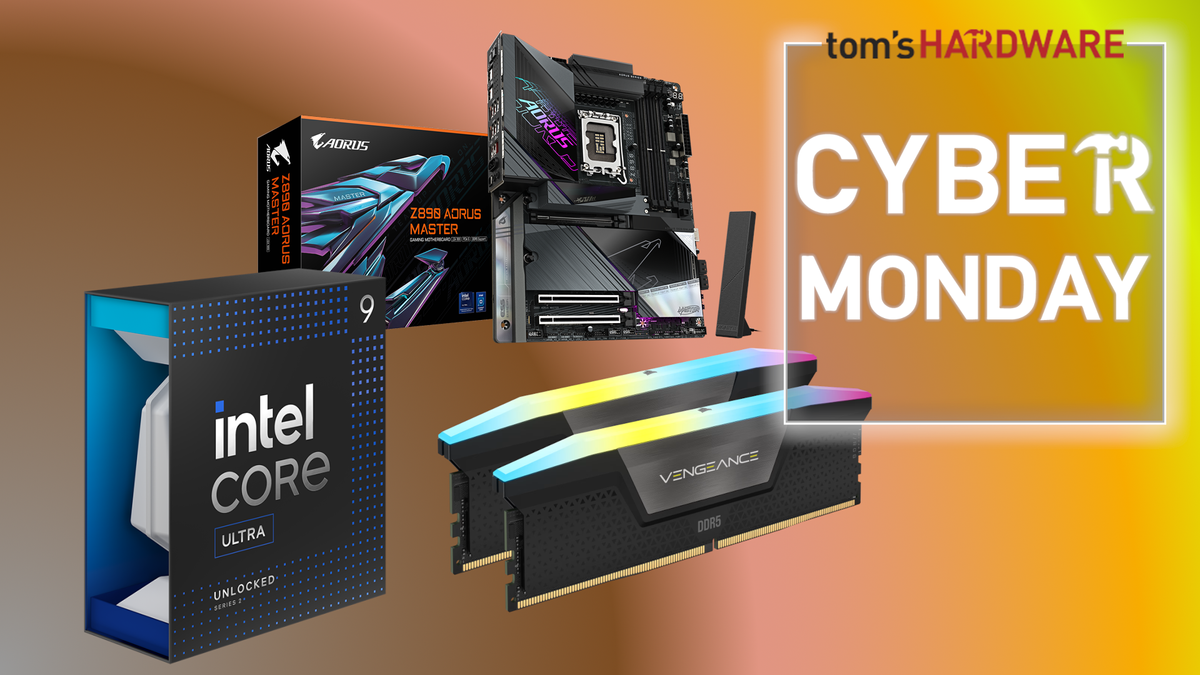


 English (US) ·
English (US) ·